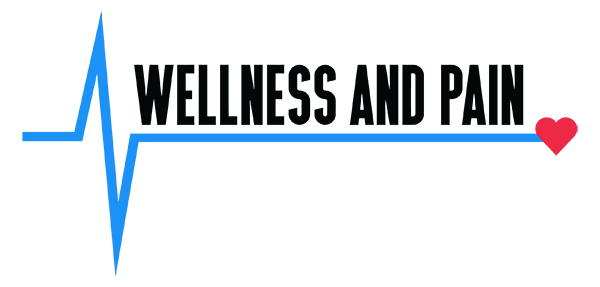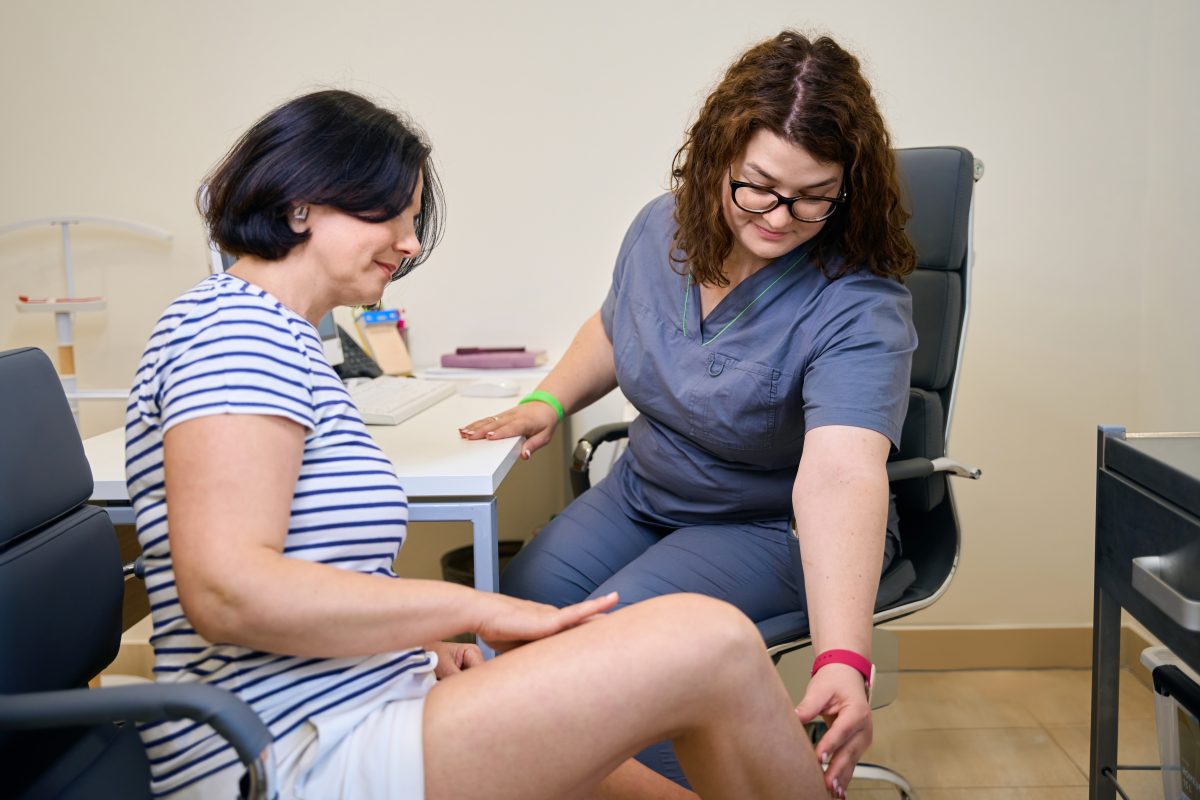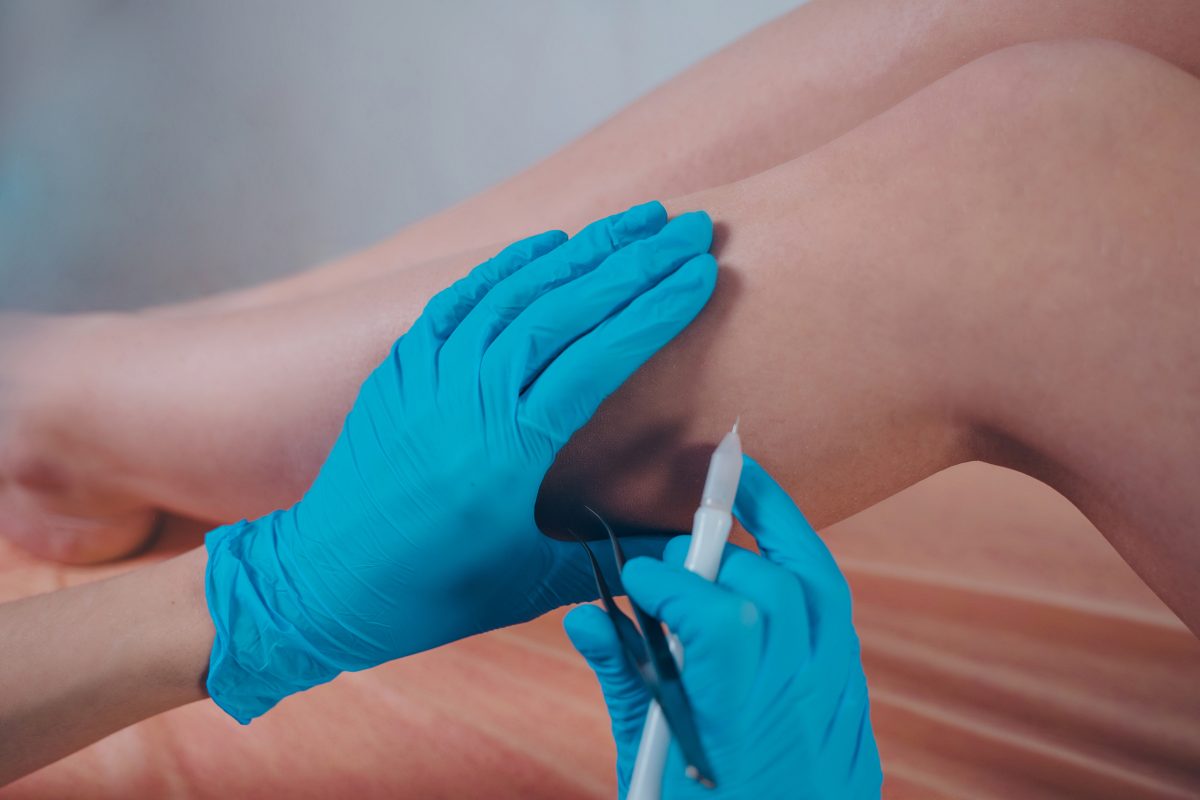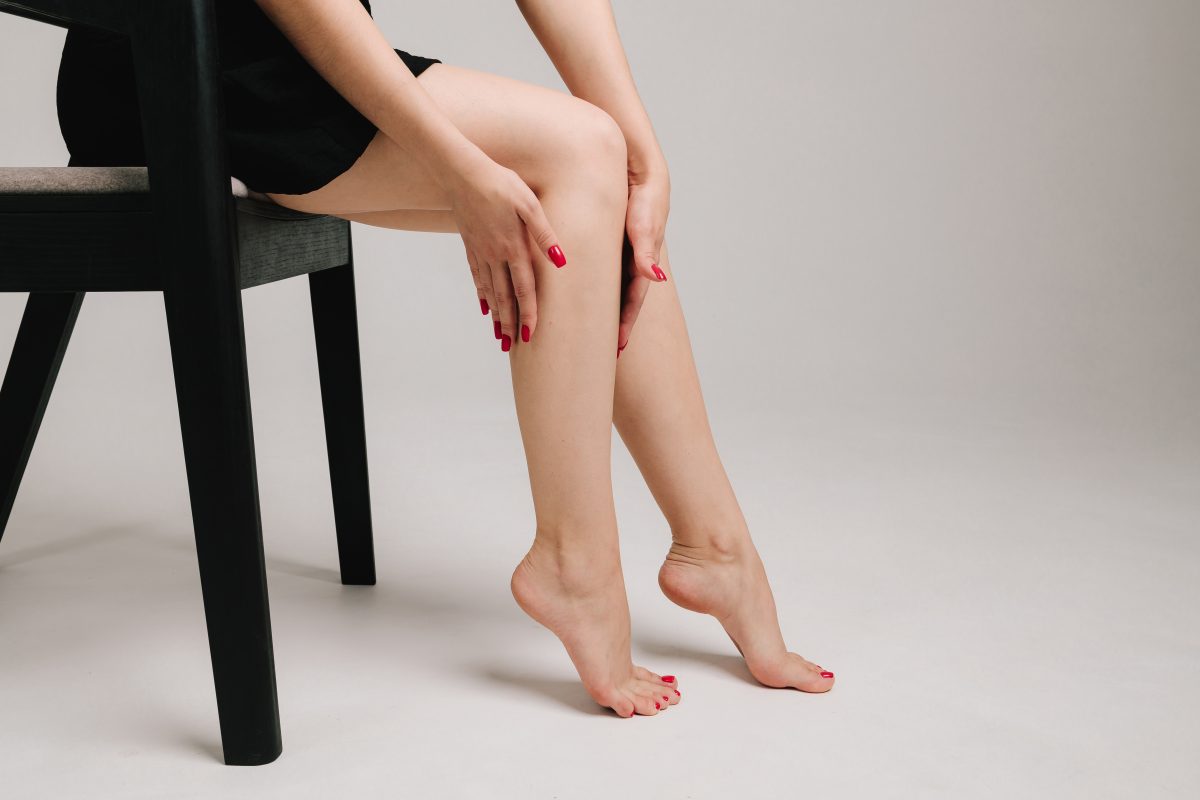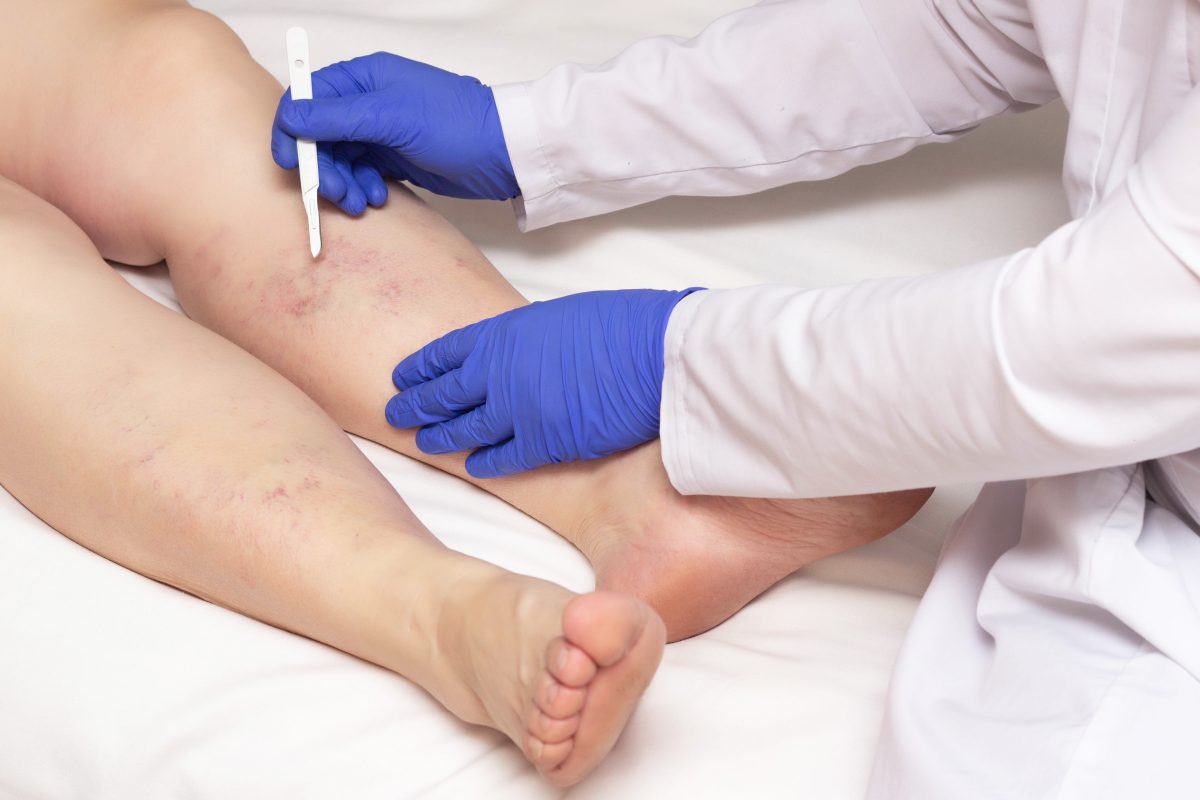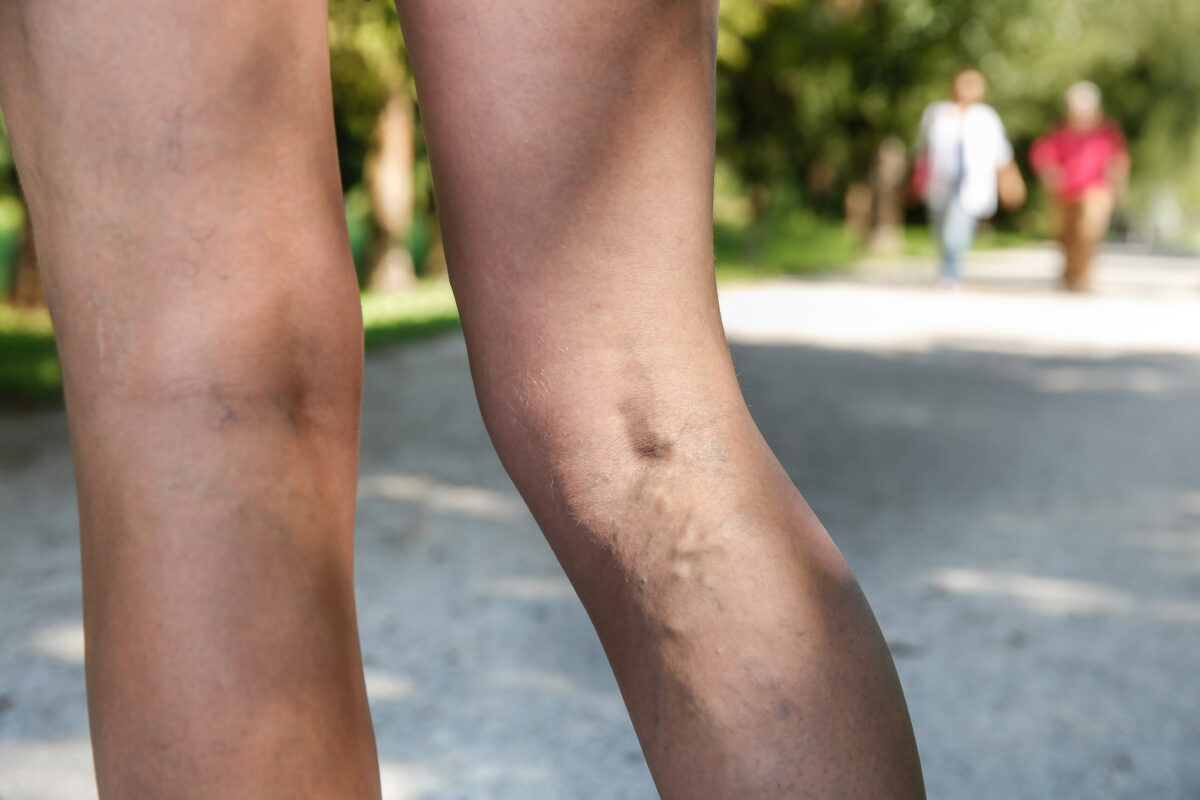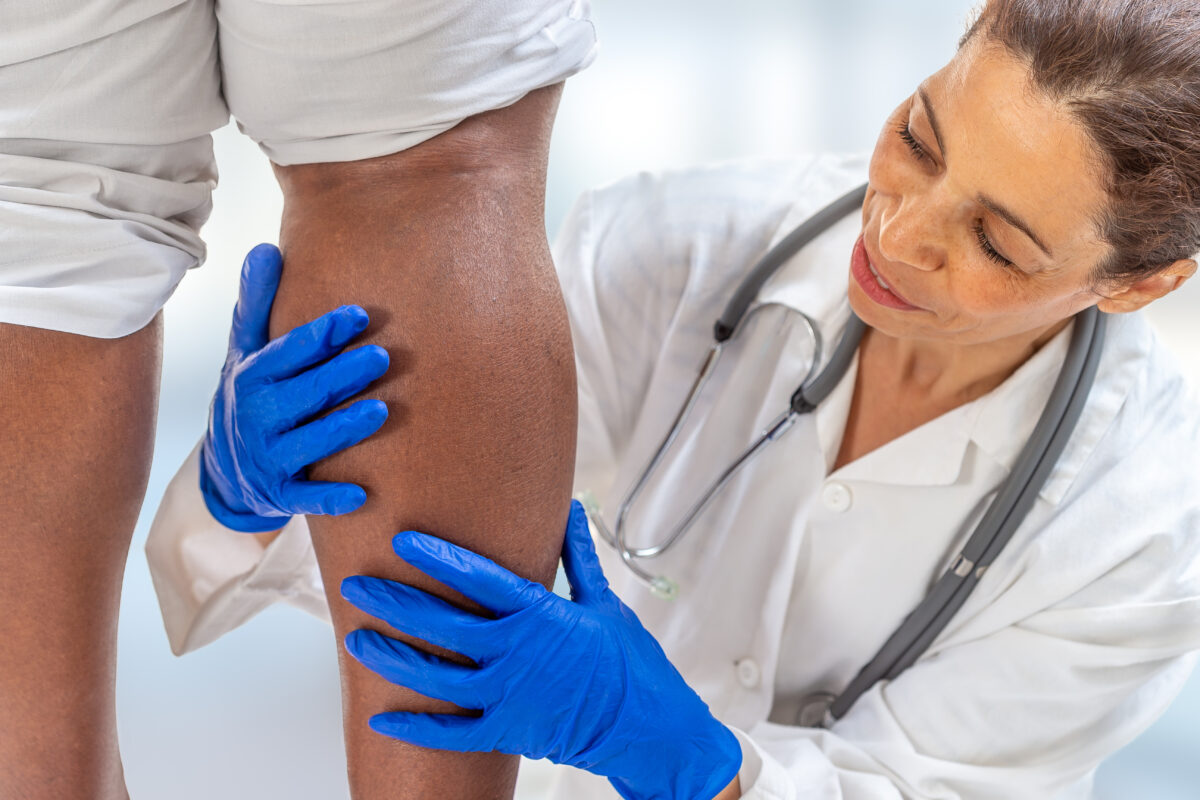Today, phlebology looks nothing like it did a decade ago, thanks to specialized efforts focusing on minimally invasive vein treatment.
Color flow duplex ultrasound changed everything, allowing doctors to spot vein issues early and catch hidden problems. Treatments today avoid big surgeries. The old idea that varicose veins are just a cosmetic concern doesn’t hold water anymore, as ignoring these veins can actually be risky.
The phrase “varicose veins” now means much more than a cosmetic issue when physicians decide how to treat varicose veins, covering the whole picture of what’s going on beneath the skin. Even patients without those bulging veins might be in trouble, as some have real symptoms but no obvious veins.
An ultrasound reveals the truth, showing that these hidden problems carry all the same risks as the visible ones. Doctors can’t afford to look the other way.
To treat varicose veins, care now relies on advanced imaging instead of guesswork, because modern tools have made investigations simple and precise. Vascular medicine has followed the same trend, as catheter-based methods are now popular for vein and artery issues. This means less pain and quicker returns to normal for patients. Medicine keeps moving fast, and vein care has kept up.
Recognizing a patient’s higher chance of getting C2 varicose veins due to family history demands specialized planning for doctors who ultimately move to treat varicose veins. Additionally, obese individuals saw more cases of CVI crop up. After 13 years, only 6.1 percent of normal-weight people developed the condition, but that number shot up to 23.6 percent in those who were obese.
“Family history of venous disease was associated with increased risk of developing varicose veins in our study,” according to the Journal of Vascular Surgery. “Interestingly, family history was not significantly associated with the development of CVI. These results are in keeping with those of Scott et al, where patients with varicose veins were 21.5 times more likely to report a family history, but family history was not a significant factor in patients with CVI.”
Pathophysiology, Progressive Risks, and Minimally Invasive Vein Treatment
Early intervention is necessary when deciding on minimally invasive vein treatment, because venous disease never stands still and worsens if left alone. Ignoring symptoms usually leads to bigger problems.
Early signs like pain or heavy legs turn into swollen ankles, and the skin starts to change, showing patches and tightness called Lipodermatosclerosis. It all adds up fast, so taking action early can save a lot of trouble.
The need to immediately treat varicose veins becomes apparent because, beyond ulcers, untreated veins carry immediate dangers like sudden bleeding or rupture. Chronic Venous Leg Ulcers mark the final, serious stage of ongoing venous disease, but untreated varicose veins also come with immediate dangers like sudden bleeding or vein rupture, making the need to treat varicose veins immediately apparent.
Superficial Venous Thrombosis, commonly called “thrombophlebitis,” often gets confused with less serious issues but brings risks on its own. Research clearly shows that anyone showing symptoms beyond the most minor type on the CEAP scale should get real, decisive treatment. Compression stockings or drugs like Daflon might make you feel better, but they miss the actual cause, doing nothing for veins that have failed and now leak.
The Evolution of Medical Thinking
The evolution of medical thinking about what triggers this issue has completely changed. The old view was that the trouble started at the saphenofemoral junction and spread downward, but new evidence tells a different story: vein valve failure actually starts lower in the leg, creeping upward.
This idea leads surgeons to a new approach. Gone are the days where just tying off one spot seemed enough; modern treatments now focus on closing off the full length of the damaged vein with precise, less invasive procedures that tackle the real problem at its source.
Specialists continue to innovate on how to best treat varicose veins effectively through the transition from open surgery to minimally invasive techniques.
“In the past it was only ‘open surgery,’ which means open the vessel surgically and fix the problem or bypass the area of blockage,” states the Toledo Blade. “Since the nineties and certainly in the last two decades this has changed in both venous and arterial disease to ‘minimally invasive’ surgery which is called endovascular surgery. That includes accessing arteries and veins through small tubes to open vessels by balloons and insert stents.”
It adds: “Technology has changed treatment of the largest procedures that required many days of hospitalization to a small same day procedure including aortic aneurysm procedures, limb saving procedures, and others.”
Duplex Ultrasound, Mapping, and Minimally Invasive Vein Treatment
For every patient who needs minimally invasive vein treatment, a thorough pre-treatment check sets the stage for real results, making the Erect Venous Duplex Ultrasound (VDUS) stand out as the main first step. The patient must stand for this scan, because gravity’s effect reveals the veins’ real behavior, while lying down hides problems you need to spot.
A specialist sonographer should handle the scan; having a separate expert keeps things fair and prevents missed details. Every major vein issue gets proper attention, including truncal veins, IPVs, and even PVR, and this careful start opens the door for better outcomes.
Because ignoring Incompetent Perforating Veins (IPVs) can cause the problem to come back and hinder efforts to completely treat varicose veins, mapping these fast tracks is necessary. PVR often shows up as stubborn varicose veins around the vulva, perineum, or upper thigh, but regular scans often miss these, so special imaging steps are needed.
Before doctors decide how to treat varicose veins, they often use transvaginal duplex ultrasound for women, but only if the Holdstock-Harrison protocol is strictly followed. Patients perform actions like Valsalva, sometimes twisting or shifting angles, which helps show weak pelvic veins that might get missed otherwise.
If ultrasound does not give clear answers, or if the person is male, doctors pick other options, sometimes involving more invasive tests. Venography gives the best look at the veins, though some cases need CT or MR venography scans.
An old habit still lingers: some people measure ovarian vein size, hoping to spot problems. This does not work, as vein diameter alone cannot prove reflux. You must see the faulty flow for a real diagnosis.
Endovenous Thermal Ablation (EVTA)
Endovenous Thermal Ablation (EVTA) is recognized as the clearest way forward for minimally invasive vein treatment, especially as traditional surgical stripping is phased out. EVTA stands out for lasting results because recurrence rates take a nosedive, since the vein stays put during treatment.
Stripping, by contrast, often leads to new veins growing back, causing trouble all over again. Patients usually bounce back quicker now, able to get on with their daily life almost at once. A few basic things make EVTA work well:
- Endovenous Laser Ablation (EVLA): Uses laser energy to destroy the vein wall through controlled photocoagulation. Best results are achieved using modern laser delivery systems, such as radial or jacketed tips, which provide more uniform and circumferential energy distribution, thereby minimizing damage to surrounding tissues.
- Linear Endovenous Energy Density (LEED): Efficacy must be monitored and ensured by calculating the LEED, expressed in Joules per centimeter (J/cm), which must be calibrated high enough to guarantee permanent vein closure.
- Radiofrequency Ablation (RFA): Uses controlled radiofrequency heating, often delivered through segmented catheters in standardized bursts via systems like Venefit or Venclose, achieving controlled thermal injury and high rates of occlusion.
Minimally Invasive Vein Treatment: Secondary and NTNT Techniques
Providing new solutions in the minimally invasive vein treatment ecosystem, NTNT (Non-Thermal, Non-Tumescent) methods are catching attention for their gentle, pain-reducing approach. People feel less pain after these procedures, as there’s no need for heavy local anesthesia. Popular non-thermal techniques to close veins include:
- MOCA (Mechanical-Chemical Ablation): Combines mechanical agitation via a rotating tip with the injection of liquid sclerotherapy to damage and close the vein wall.
- MFS (Medical Grade Superglue): Utilizes a cyanoacrylate adhesive (a permanent glue) to physically and permanently seal the vein shut.
- Ultrasound-Guided Foam Sclerotherapy (UGFS): Remains a valuable adjunct or primary treatment in specific cases, though the evidence suggests that thermal ablation methods generally achieve more durable long-term closure rates. It is essential to understand that detergent sclerotherapy agents, whether liquid or foam, function by inducing inflammation and subsequent apoptosis (programmed cell death) within the vein lining.
The push for targeted catheter therapy follows the path set by arterial treatments. Angioplasty and stenting changed how doctors handle blocked arteries and work well for Peripheral Artery Disease. Results like these make it clear that endovascular skill matters now more than ever in vascular care.
Recurrence Prevention and Mandatory Monitoring
To avoid failure of incomplete minimally invasive vein treatment, one must guarantee long-term recurrence prevention by simultaneously dealing with both visible veins and the underlying reflux source. For the bulging veins, doctors often use phlebectomy or UGFS together with truncal vein ablation, which brings quick relief and looks better right away.
When perforator veins are the issue, the TRLOP method with thermal ablation does the trick, using a newer technique that closes the vein from inside without the need for big cuts anymore. If pelvic veins cause trouble, coil embolization is the go-to solution; the radiologist blocks the bad veins with tiny coils, which stops backward flow.
This helps with pelvic congestion and keeps the lower leg veins from refilling. To really help patients, every piece of this plan needs attention, because without thorough care, results won’t last.
Following patients over time also means joining a venous registry. Tracking progress and outcomes helps doctors see what works, and everyone benefits when care keeps improving and long-term results stay in focus.
“Doctors and patients should be aware that varicose veins deteriorate, with the general progression to worsening symptoms and signs including swollen ankles, skin damage, leg ulcers, superficial venous thrombosis and venous bleeds,” according to a study published in Dovepress and Taylor & Francis. “There is good evidence that patients with varicose veins and any symptoms or signs will have a significant advantage in having them treated rather than wearing graduated compression stockings or not having formal treatment.”
Comparative Summary of Varicose Vein Management
Unlike the past, when painful surgeries meant weeks of recovery, today’s minimally invasive vein treatment methods help treat varicose veins with minimal downtime. Patients dreaded hospital stays, and scarring was common.
An ultrasound scan guides doctors to the root of the problem, and treatments like laser or radiofrequency don’t need big cuts. Most people walk out of the clinic the same day. Pain barely registers, and scars are nearly invisible.
Evidence and research shape every decision; outdated guesswork has faded, and choices now rest on facts, not old traditions. The whole experience feels easier and safer for those seeking help.
| Feature |
Traditional View (Outdated Practice) |
Modern Best Practice |
| Disease Definition |
Primarily a cosmetic issue; must be visibly bulging. |
Systemic disease (Superficial Venous Reflux, SVR); includes “Hidden Varicose Veins.” |
| Pathophysiology |
Descending theory (valve failure starts high, progresses down). |
Ascending problem (valve failure starts low, progresses up). |
| Investigation Method |
Basic clinical exam; Duplex scan often done supine. |
Erect Venous Duplex Ultrasound (VDUS) performed by an independent specialist. |
| Primary Treatment |
Surgical Stripping and simple high ligation. |
Endovenous Thermal Ablation (EVTA) (RFA or EVLA). |
| Recurrence Risk |
High, due to neovascularization (new veins growing back after stripping). |
Significantly lower, due to targeted vein closure in situ. |
| Tributary Management |
Often overlooked or treated separately; recurrence-prone. |
Phlebectomy (or UGFS) is mandatory and performed at the same time as truncal ablation. |
| Pelvic Reflux (PVR) |
Generally ignored; cause of “idiopathic” recurrence. |
Requires specialized diagnosis (TVS with Holdstock-Harrison protocol) and treatment (Coil Embolization). |
| IPVs (Perforators) |
Ignored or treated with open surgery (ligation). |
Targeted closure using the TRLOP approach (endovenous thermal ablation). |
| Quality Control |
None specified. |
Mandatory or highly recommended participation in a Venous Registry. |
Common Minimally Invasive Vein Treatment Questions
When curious about minimally invasive vein treatment, you should consider the implications of these technical changes for your recovery and insurance.
Most new venous treatments mean shorter recovery times, as doctors handle most procedures in a clinic setting now. Pain after treatment is usually mild and doesn’t last long. Insurance may cover many of these options, but it varies.
You can often walk the same day, and many people get back to normal routines within days. Confused about what suits you best? Your doctor can help you pick what works for your lifestyle.
- Q: Are varicose veins just a cosmetic problem?
- A: Absolutely not. They might look unpleasant but that’s not the main issue. Doctors now agree that varicose veins signal a worsening problem known as Superficial Venous Reflux. If you feel heaviness, aches or swelling, things can get much worse. There’s a chance of painful skin changes like Lipodermatosclerosis. Chronic leg ulcers might appear. Blood clots become a bigger threat. For those dealing with symptoms, treatment is the better route than just sticking with basic management.
- Q: Why is open surgery or “stripping” no longer the best option?
- A: Doctors used to remove veins by cutting them out. This method often damaged tissue. It sometimes let veins grow back without working valves. Patients faced a high chance of their problems coming back. Newer options like EVLA and RFA have changed everything. These treatments close the vein from inside. People heal faster. Results last longer too. Most avoid the pain that came with older surgeries.
- Q: What is a “hidden varicose vein?”
- A: This difference matters a lot. A hidden varicose vein means there’s a problem beneath the surface. The ultrasound finds serious venous reflux, but the veins don’t stick out or look swollen. Even though nothing looks wrong, the damage is still there. People face the same risk of worsening symptoms as those with obvious varicose veins. Testing is needed no matter what the skin shows.
Additional Questions and Answers
- Q: What is the single most important test for diagnosis, and why must it be done standing up?
- A: The Erect Venous Duplex Ultrasound matters most for diagnosis. Doctors ask patients to stand during the scan. Standing shows how veins manage blood flow against gravity. Lying down can hide venous reflux. Important problems are often missed unless the patient is upright. Accurate results depend on this small change.
- Q: How quickly can I return to normal activity after these modern treatments?
- A: Switching to catheter-based procedures like RFA and EVLA has changed things for the better. People usually bounce back much faster than with older open surgeries. These methods use local anesthetic so there’s no heavy sedation. Most folks can get back to their every day routines fast. Walking and light work aren’t off the table. Recovery feels much easier for most.
- Q: What is the biggest challenge to successful treatment and preventing recurrence?
- A: Spotting every source of reflux isn’t easy. Treating only the main veins often misses hidden troublemakers. IPVs can leak under pressure, which brings the problem right back. Ignoring those veins just means more struggles later. That’s why techniques like TRLOP or Coil Embolization now matter so much. They help block off every path the reflux might use. Without this extra care, treatment just doesn’t hold up as well.
Wellness and Pain
Find your personalized minimally invasive vein treatment by visiting Wellness and Pain. We offer conservative treatments, routine visits, and minimally invasive quick-recovery procedures. We can keep you free of problems by providing lifestyle education and home care advice.
This enables you to avoid and manage issues, quickly relieving your inhibiting lifestyle conditions when complications arise. We personalize patient care plans based on each patient’s condition and unique circumstances. Wellness and Pain can help improve wellness, increase mobility, relieve pain, and enhance your mental space and overall health.
